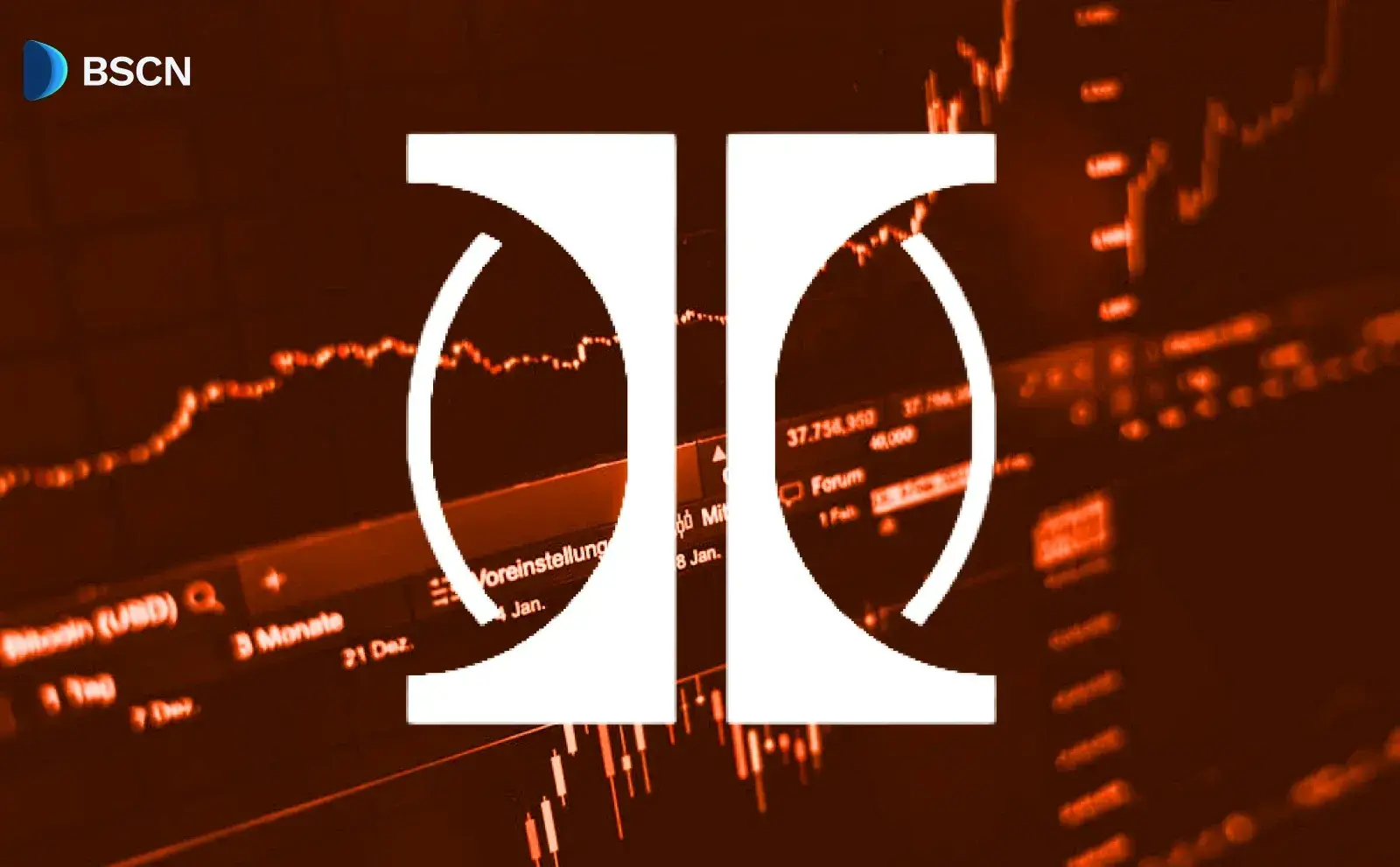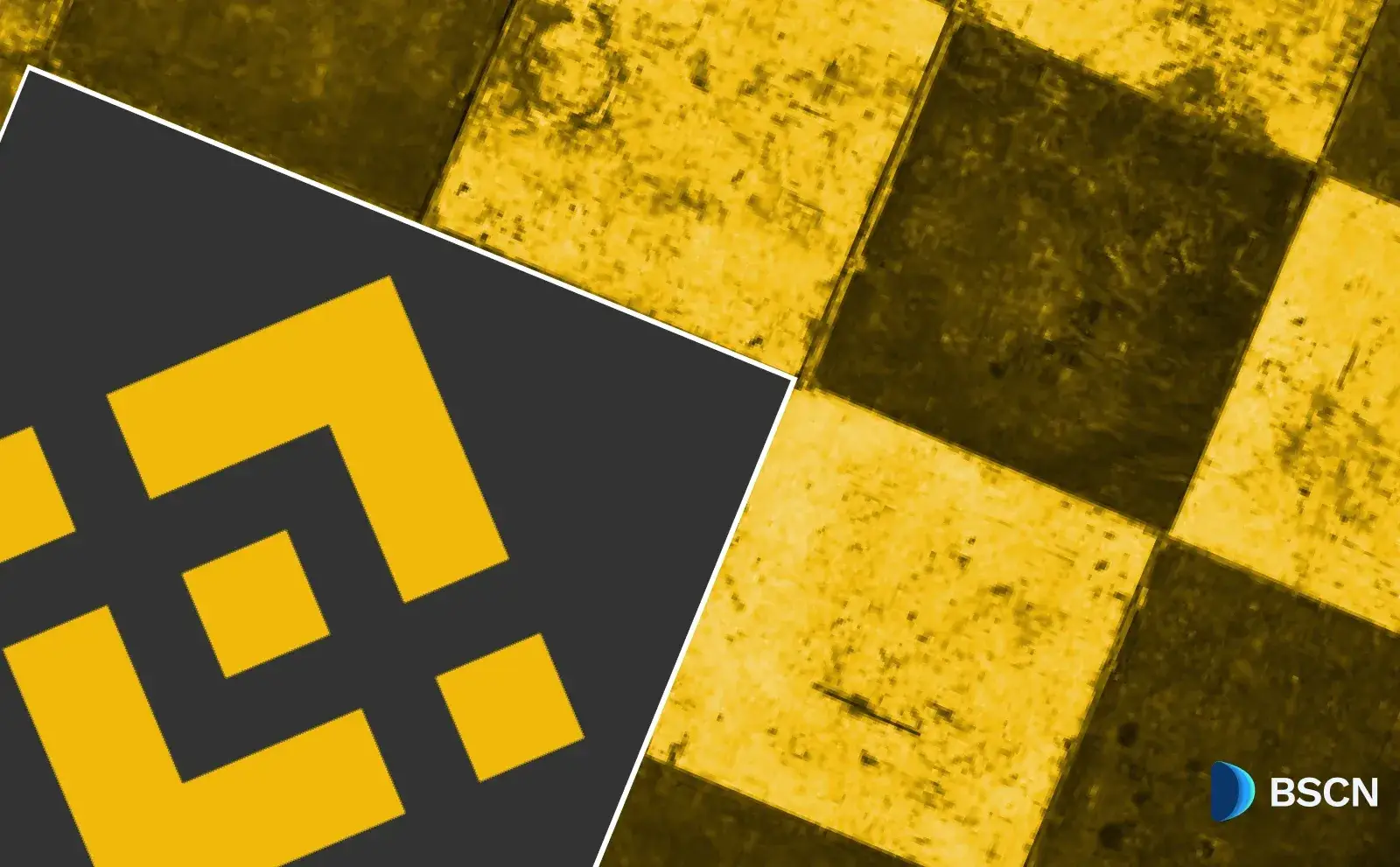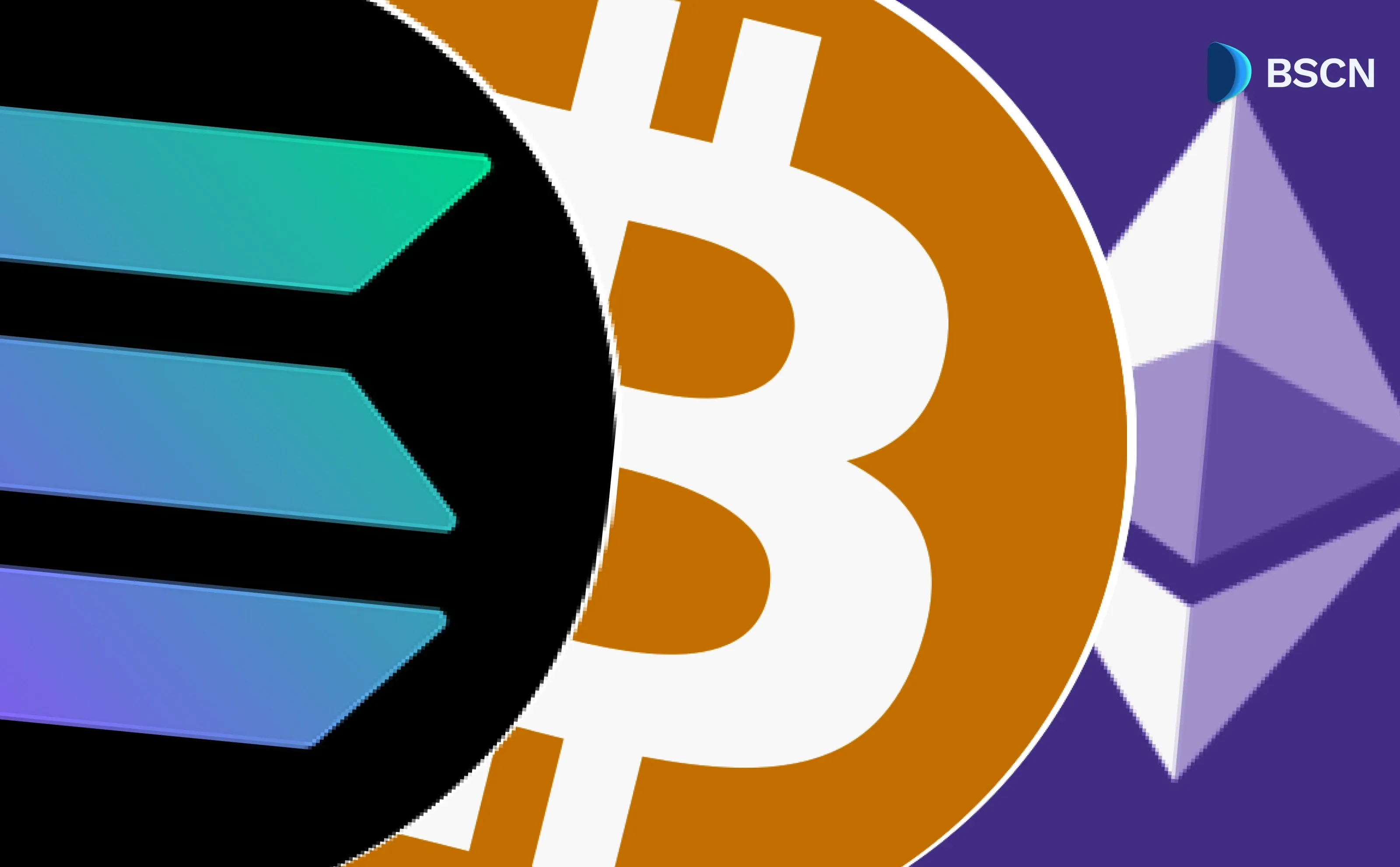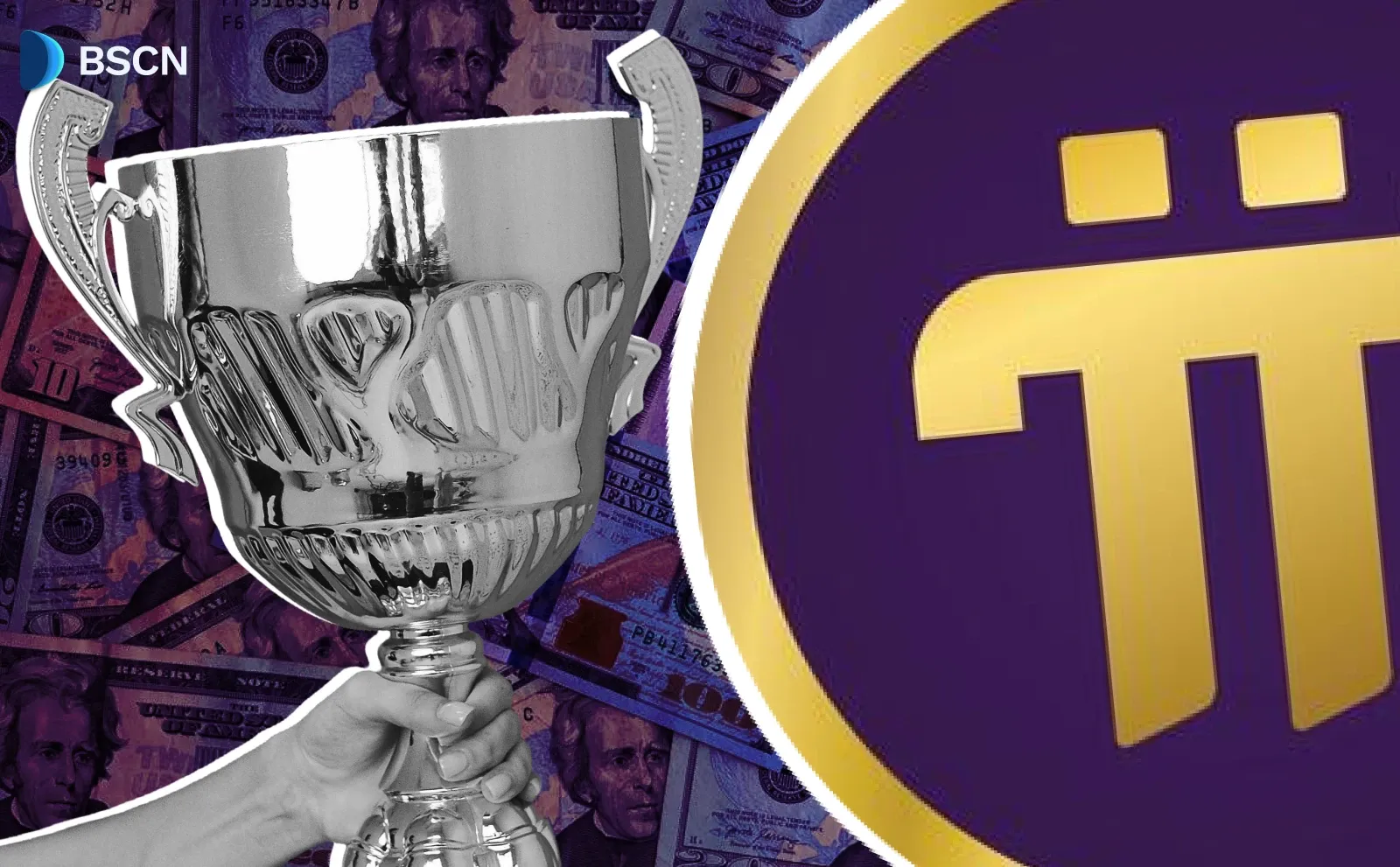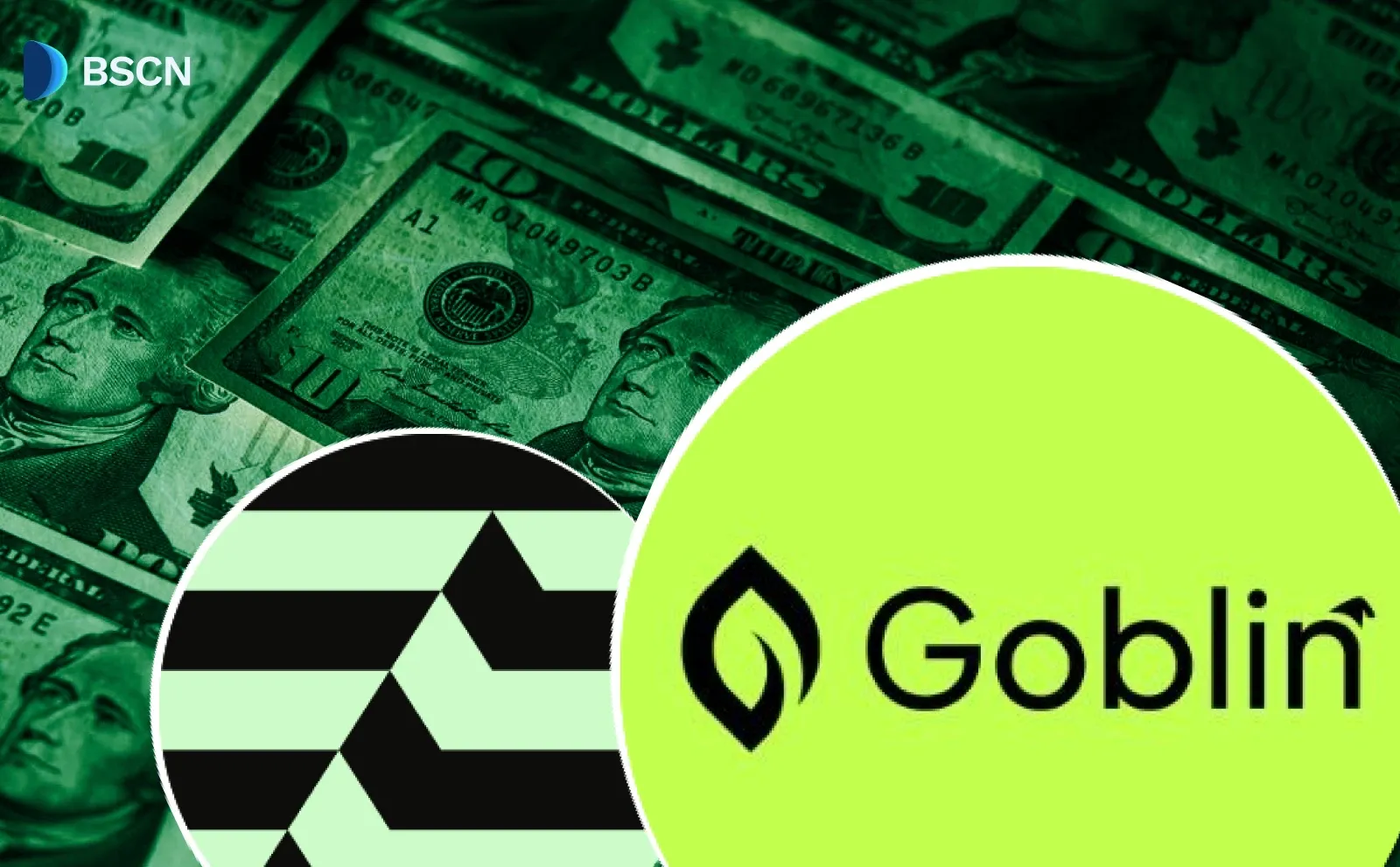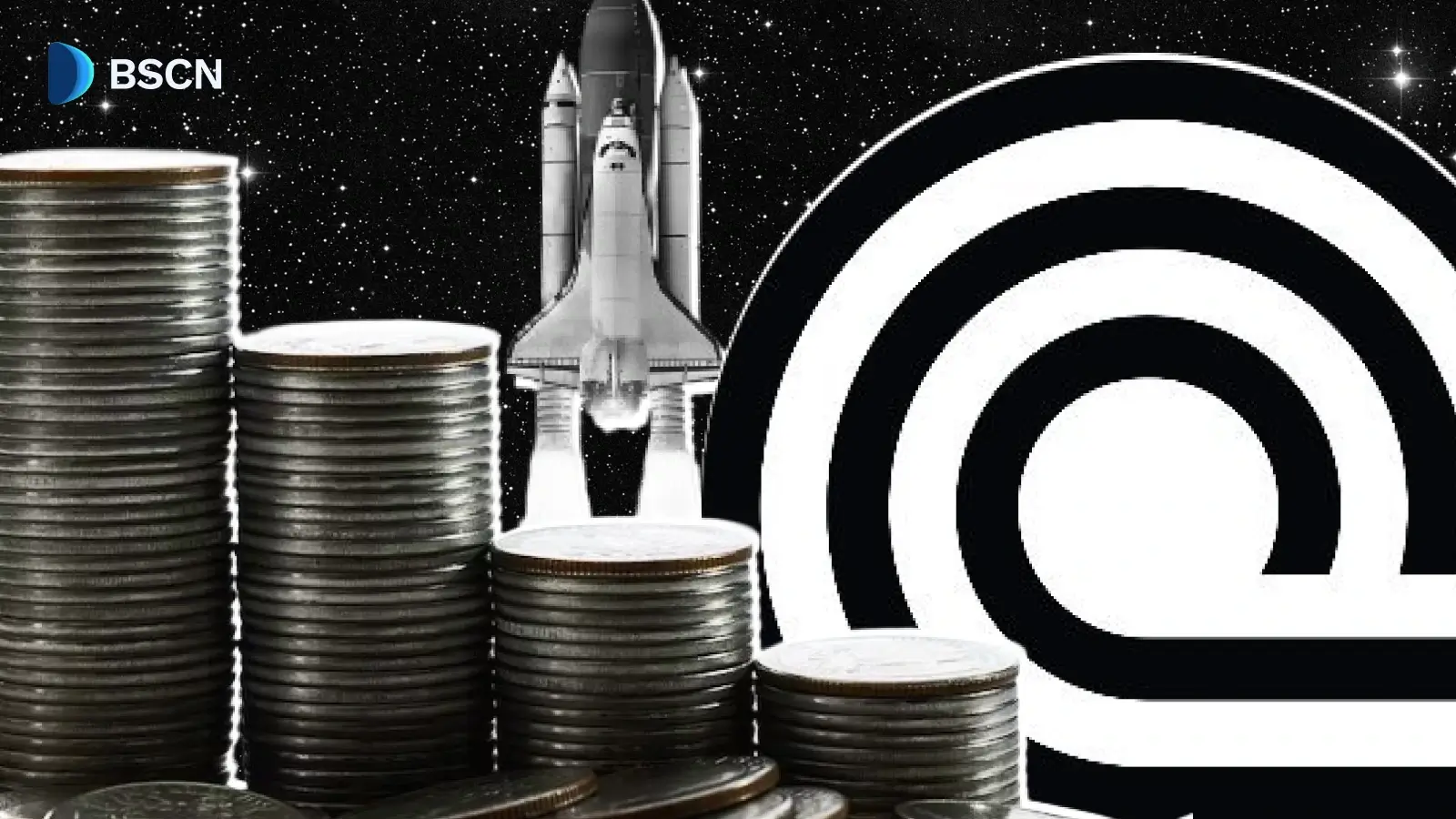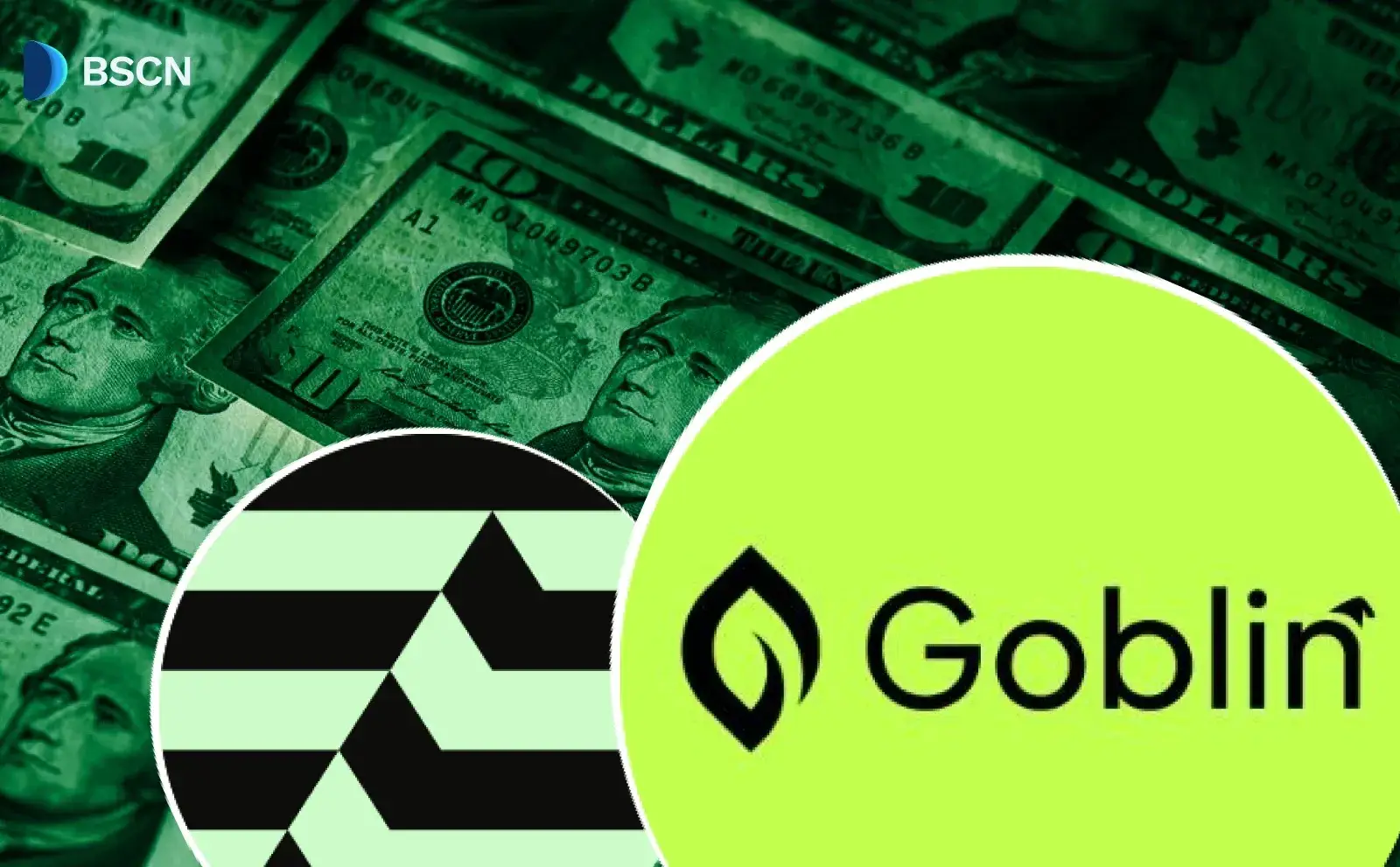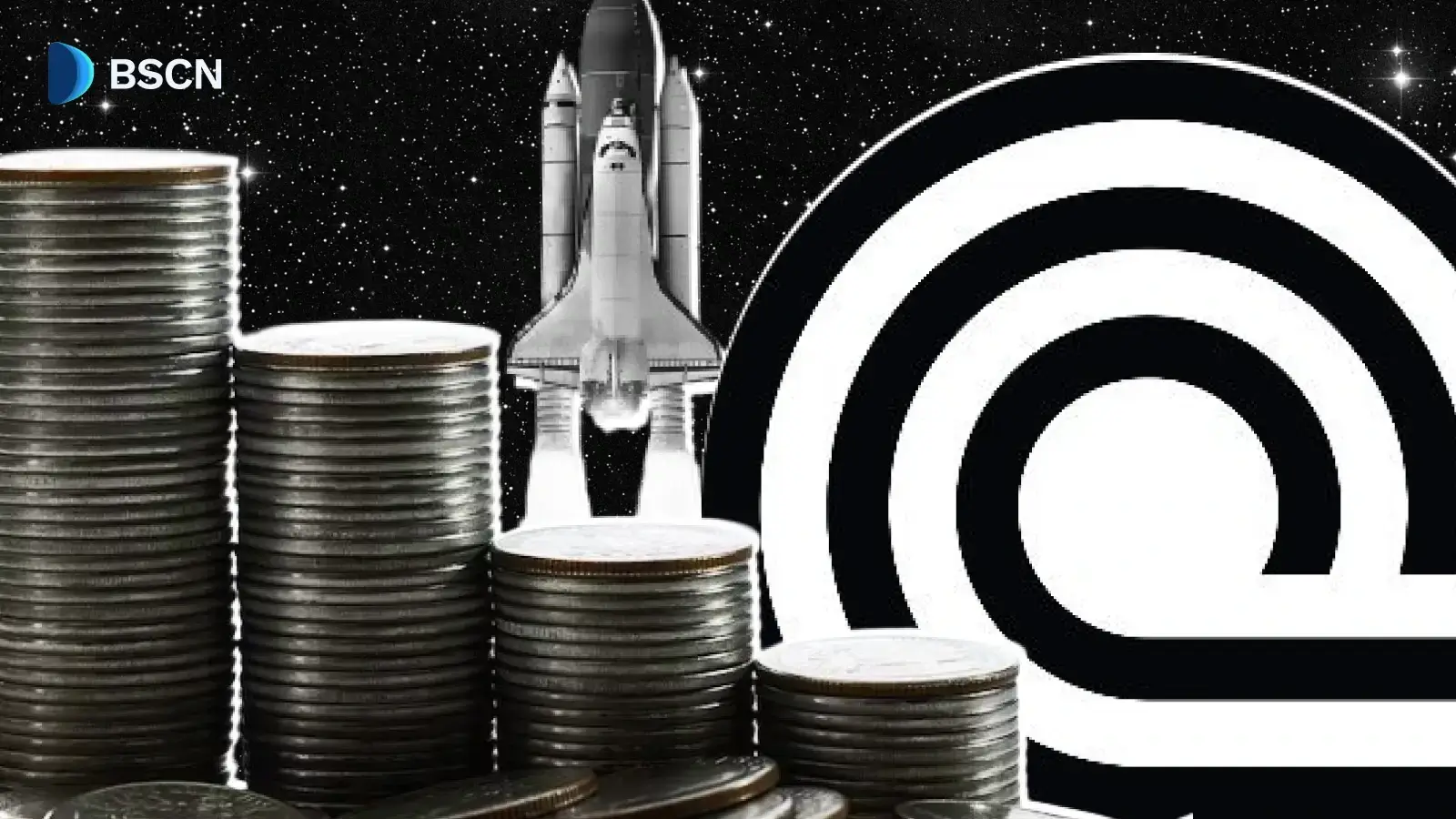Deepdive
(Advertisement)
How Blockchain Security Works: Complete Guide

Learn how blockchain security protects crypto transactions through cryptography, consensus mechanisms, and decentralization.
Crypto Rich
February 1, 2021
(Advertisement)
Table of Contents
Last revision: September 24, 2025
Blockchain security protects cryptocurrency networks using three core methods: cryptographic hashing, distributed consensus mechanisms, and economic incentives that make attacks extremely expensive. This security model has proven remarkably effective. These systems have secured over $2.8 trillion in crypto assets across thousands of networks without a single successful attack on major blockchain protocols like Bitcoin or Ethereum.
Every day, millions of people trust blockchain networks with their money, but few understand exactly how these systems stay secure. The technology that started with Bitcoin has evolved significantly, creating new security challenges while strengthening core protections.
What Makes Blockchain Networks Secure?
Blockchain security works differently from traditional computer security. Rather than relying on a central authority or a single server, it utilizes distributed networks where thousands of computers collaborate to validate transactions and maintain records.
This security is built on multiple layers of protection. Each component serves a specific purpose. Remove any single element, and you significantly weaken the entire system.
Core Security Components
Cryptographic protection forms the first layer. Every transaction uses advanced mathematical functions that are easy to verify but nearly impossible to fake or reverse. The most common is SHA-256 hashing, which creates unique fingerprints for data.
Network distribution provides the second layer. Instead of storing data in one place, blockchain networks copy information across tens of thousands of nodes worldwide. An attacker would need to compromise most of these computers to change records simultaneously.
Economic incentives complete the security model. The networks reward honest participants with cryptocurrency and penalize dishonest ones by confiscating their funds. This creates powerful financial reasons to follow the rules.
How Do Consensus Mechanisms Work?
Think of consensus mechanisms as the rules that help all computers in a network agree on which transactions are valid. Different blockchain networks employ various approaches, each with its own distinct strengths and weaknesses.
Proof of Work Systems
Bitcoin pioneered this approach. Computers compete to solve mathematical puzzles, and the winner gets to add the next block of transactions while earning a reward.
This system requires enormous amounts of electricity, which actually creates security. Why? To attack Bitcoin's network, someone would need to control more than half the computing power. That currently costs over $15 billion in specialized equipment plus $50 million daily in electricity.
The 51% attack threshold makes Proof of Work networks highly resistant to attacks but also energy-intensive. Bitcoin's network uses approximately 150 terawatt-hours annually, similar to Argentina's entire electricity consumption.
Proof of Stake Networks
Ethereum switched to Proof of Stake in September 2022, where validators are chosen based on the amount of cryptocurrency they've locked up as collateral. Validators who approve fraudulent transactions lose their staked funds.
This approach uses 99.9% less energy than Proof of Work while maintaining robust security through economic penalties. Ethereum currently has over $60 billion staked, making attacks financially ruinous.
Proof of Stake networks can process transactions faster because they don't require solving computational puzzles. However, they face different risks, including potential centralization if large holders control too much stake. In Ethereum, for example, major staking providers like Lido control significant portions of staked ETH, creating similar concentration concerns as Bitcoin mining pools.
Alternative Consensus Models
Several newer networks experiment with different approaches:
- Proof of History: Solana combines Proof of Stake with timestamping for transaction ordering. This enables a theoretical capacity of over 50,000 transactions per second, though real-world performance typically ranges from 2,000 to 10,000 TPS depending on network conditions.
- Delegated Proof of Stake: Networks like EOS allow token holders to vote for representatives who validate transactions. This increases speed but potentially reduces decentralization.
- Practical Byzantine Fault Tolerance: Used in permissioned networks where participants are known and partially trusted. This system can handle up to one-third of nodes being malicious or offline.
What Cryptographic Methods Protect Blockchains?
Blockchain networks rely on several mathematical functions that secure data and prove ownership without revealing private information.
Hash Functions and Digital Fingerprints
Here's how it works in practice. Every block in a blockchain contains a hash - a unique 64-character string that represents all the data in that block. Change even one character in the original data? The hash changes completely, making tampering obvious.
SHA-256 creates these hashes through a one-way mathematical function. You can easily calculate a hash from data, but you cannot reverse the process to determine the original data from its hash. It's like turning a book into a unique fingerprint - simple to create, impossible to reverse.
The Bitcoin network processes these calculations trillions of times per second across mining hardware worldwide. This massive computational effort creates formidable protection against attacks.
Public Key Cryptography
Every cryptocurrency wallet contains a pair of mathematically related keys. Think of it like a sophisticated lock-and-key system. The private key signs transactions to prove ownership, while the public key enables others to verify the signature without needing access to the private key.
The system uses Elliptic Curve Digital Signature Algorithm - essentially a mathematical method that creates these key pairs using special curves. Think of it as drawing a unique pattern that's easy to verify but impossible to forge. A 256-bit private key provides the same security as a 3,072-bit RSA key used in traditional systems.
This system ensures that only the person holding the private key can spend their cryptocurrency, while anyone can verify that a transaction is legitimate using the public key.

What Are the Main Security Vulnerabilities?
Blockchain protocols themselves remain unbroken. The vulnerabilities emerge from applications and systems built on top of them. Smart contracts and decentralized applications introduce code that can contain bugs or design flaws.
Smart Contract Risks
Smart contracts are programs that automatically execute when certain conditions are met. Sounds simple, right? However, programming errors create several types of vulnerabilities:
- Reentrancy Attacks: Malicious contracts call back into victim contracts before state changes complete. Consider the infamous 2016 DAO attack. It drained $60 million from a smart contract due to this bug, leading to Ethereum splitting into two separate networks.
- Flash Loan Attacks: Attackers borrow large amounts of cryptocurrency within single transactions to manipulate prices and exploit pricing discrepancies, often stealing millions in minutes.
- Logic Bugs: Programming errors create unintended behaviors like integer overflow, access control failures, and improper input validation.
Centralization Points
Despite being designed as decentralized systems, many blockchain networks develop centralization risks that create security vulnerabilities:
- Mining Pool Concentration: The top three Bitcoin mining pools control over 50% of the network's hash rate. While individual miners can switch pools, this concentration creates theoretical risks.
- Exchange Custody: Centralized exchanges hold approximately 15% of all Bitcoin and 20% of all Ethereum. These large holdings create attractive targets for hackers and have resulted in billions in losses over the years.
- Infrastructure Dependencies: Many blockchain applications rely on centralized services for data feeds, user interfaces, and cloud hosting. These dependencies can create single points of failure.
How Have Security Threats Evolved Since 2021?
The blockchain security landscape has undergone significant changes as the industry has evolved and new applications have emerged. Attackers have become increasingly sophisticated, but security tools have also evolved to keep pace.
New Attack Vectors
Attackers have developed sophisticated new methods as the blockchain ecosystem has grown:
- MEV Attacks: Maximal Extractable Value attacks involve reordering transactions to extract profit from users. Bots compete to front-run transactions, sometimes stealing hundreds of thousands of dollars from individual trades.
- Bridge Attacks: Cross-chain bridges that transfer cryptocurrency between networks have become major targets. Over $2 billion was stolen from bridges in 2022 alone, including the $600 million Ronin bridge hack.
- Governance Attacks: Attackers use flash loans to temporarily acquire large amounts of governance tokens, vote through malicious proposals, and extract funds before other holders can respond.
Improved Security Measures
The blockchain security landscape has strengthened with new defensive tools:
- Formal Verification: Projects use mathematical proofs to verify that smart contracts behave correctly under all possible conditions. This process catches bugs that traditional testing might miss.
- Bug Bounty Programs: Major protocols offer millions of dollars in rewards for identifying security vulnerabilities. Ethereum's bug bounty program has paid out over $2 million to researchers who found critical issues.
- Multi-Signature Requirements: Important protocol changes typically require approval from multiple parties using multi-signature wallets, preventing single points of failure.
What Security Practices Should Users Follow?
Individual security practices remain crucial because blockchain transactions are irreversible and user errors often cannot be corrected.
Private Key Management
Protecting your private keys is critical because blockchain transactions are irreversible:
- Never share private keys or seed phrases with anyone, including customer support representatives. Legitimate services never ask for this information.
- Store backup phrases physically, not digitally. Consider using multiple copies in separate secure locations.
- Use hardware wallets for significant cryptocurrency holdings. These devices keep private keys offline and require physical confirmation for transactions, protecting against most online attacks.
- For smaller amounts used frequently, mobile wallets offer convenience with reasonable security. However, avoid keeping large sums on any device connected to the internet.
Transaction Verification
Follow these essential steps to avoid costly mistakes:
- Verify recipient addresses completely before sending cryptocurrency. Many malware programs replace addresses in your clipboard with attacker-controlled ones. Double-check every character, especially the first and last few.
- Send small test transactions before transferring large amounts to new addresses. The small fee for testing is worthwhile insurance against expensive mistakes.
- Choose established services that have operated successfully for years. New protocols, while potentially profitable, carry higher risks of bugs or attacks.
Avoiding Common Scams
Stay alert for these common cryptocurrency scams:
- Phishing websites create fake versions of legitimate services to steal login credentials and private keys. Always type URLs directly or use bookmarks rather than clicking links in emails or messages.
- Social engineering attacks trick users into revealing sensitive information through fake customer support, romantic relationships, or investment opportunities. Be skeptical of unsolicited contact and never share wallet credentials.
- Fake token airdrops and giveaways are common scams. Legitimate airdrops never require sending cryptocurrency first or providing private keys.
How Will Blockchain Security Continue to Evolve?
Several technological developments will significantly impact blockchain security, requiring networks to adapt their protection methods.
Quantum Computing Threats
Quantum computers pose theoretical threats to current cryptographic methods, though practical attacks remain years away:
- Current Limitations: Present quantum computers can break only much simpler encryption than what blockchains use.
- Timeline for Risk: The National Institute of Standards and Technology published quantum-resistant cryptographic standards in 2024. Blockchain networks will need upgrades before quantum computers become powerful enough to break current methods.
- Transition Plans: Bitcoin and Ethereum developers are researching quantum-resistant signature schemes. The transition will likely happen gradually, with new quantum-safe addresses running alongside current ones.
Cross-Chain Security
As users transfer cryptocurrency between networks more frequently, securing these cross-chain bridges becomes increasingly important. Current bridge designs often require trusted intermediaries or complex multi-signature schemes.
New approaches are gaining practical adoption. Atomic swaps and hash time-locked contracts enable trustless asset transfers between compatible networks. However, these solutions work only for specific types of transactions and networks.
Zero-knowledge proof systems show more promise for widespread adoption. Ethereum's zk-Rollups like Arbitrum and Optimism already process thousands of transactions while maintaining security. Cross-chain protocols, such as Polkadot and Cosmos, utilize specialized security models to connect multiple blockchain networks securely.
Regulatory Integration
Government regulations increasingly affect blockchain security requirements, particularly for institutional users and large-scale operations. These rules are becoming more specific and comprehensive worldwide.
The European Union's Markets in Crypto-Assets (MiCA) regulation, which began implementation in 2024, requires strict security standards for cryptocurrency service providers. In the United States, SEC guidelines mandate specific custody and operational security requirements for institutional crypto services.
Know Your Customer and Anti-Money Laundering requirements apply to many cryptocurrency businesses, creating compliance obligations while potentially reducing privacy protections. These regulations often require enhanced security measures, including multi-signature wallets for large transactions and detailed transaction monitoring.
Central bank digital currencies introduce different security models that combine blockchain technology with traditional financial oversight and controls. These systems often sacrifice some decentralization to achieve regulatory compliance and stability.
Conclusion
Blockchain security relies on cryptographic protection, distributed networks, and economic incentives working together to prevent attacks and maintain trust. The core protocols of major networks like Bitcoin and Ethereum have never been successfully attacked, demonstrating the effectiveness of these security models.
However, applications built on these networks, particularly smart contracts and cross-chain bridges, introduce new vulnerabilities that require ongoing attention. Users must understand both the strengths and limitations of blockchain security to protect their assets effectively.
The technology continues evolving to address new threats while maintaining the decentralized principles that make blockchains valuable. Security measures have successfully protected trillions of dollars in cryptocurrency, though future challenges like quantum computing will require continued innovation.
Sources:
- National Institute of Standards and Technology. "Post-Quantum Cryptography Standards." NIST.gov, 2024
- Cambridge Centre for Alternative Finance. "Bitcoin Electricity Consumption Index." University of Cambridge, 2024
- Chainalysis. "Crypto Crime Report 2024." Chainalysis.com, 2024
- Ethereum Foundation. "Proof of Stake Consensus." Ethereum.org, 2024
- DefiLlama. "Total Value Locked in DeFi."defillama.com/, 2025
Read Next...
Frequently Asked Questions
Can blockchain networks be hacked?
Major blockchain protocols like Bitcoin and Ethereum have never been successfully hacked. However, applications built on these networks, exchanges, and individual wallets can be compromised through coding errors or security mistakes.
How do I know if a DeFi protocol is secure?
Look for protocols that have undergone professional security audits, have been operating successfully for an extended period, offer bug bounty programs, and utilize established smart contract patterns rather than experimental code.
What should I do if I think my wallet has been compromised?
Immediately move any remaining funds to a new wallet with different private keys. Never reuse compromised wallets, and consider how the attack occurred to prevent similar incidents in the future.
Disclaimer
Disclaimer: The views expressed in this article do not necessarily represent the views of BSCN. The information provided in this article is for educational and entertainment purposes only and should not be construed as investment advice, or advice of any kind. BSCN assumes no responsibility for any investment decisions made based on the information provided in this article. If you believe that the article should be amended, please reach out to the BSCN team by emailing [email protected].
Author
 Crypto Rich
Crypto RichRich has been researching cryptocurrency and blockchain technology for eight years and has served as a senior analyst at BSCN since its founding in 2020. He focuses on fundamental analysis of early-stage crypto projects and tokens and has published in-depth research reports on over 200 emerging protocols. Rich also writes about broader technology and scientific trends and maintains active involvement in the crypto community through X/Twitter Spaces, and leading industry events.
(Advertisement)
Latest News
(Advertisement)
Crypto Project & Token Reviews
Project & Token Reviews
Comprehensive reviews of crypto's most interesting projects and assets
Learn about the hottest projects & tokens

